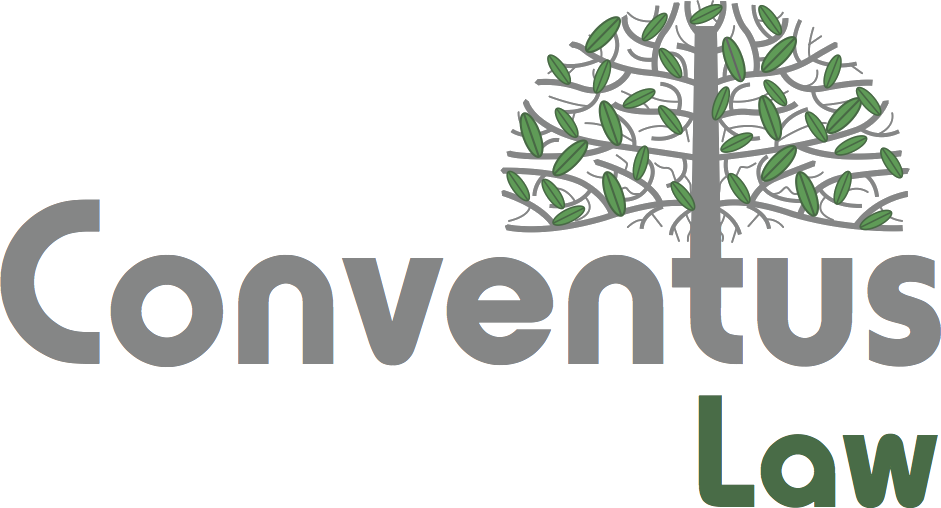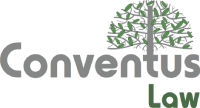What You Need to Know
- Key takeaway #1Using the “bypass” option for U.S. national applications out of the PCT rather than § 371 nationalization provides advantages including early amendment, more-flexible timing fees and formal documents, and more; but applicants still must consider entity-size fees and other logistical requirements for their particular circumstances.
Applicants entering the U.S. national phase of an international (PCT) application have two options: enter the national stage under 35 U.S.C. §371 or file a “bypass” national application under 35 U.S.C. § 111(a). A bypass application allows applicants to file a new U.S. application that claims priority to the PCT application, treating the PCT application as a U.S. parent and bypassing the traditional national phase entry. Depending on the applicant’s goals and strategy, bypass applications can be filed as a continuation, divisional, or continuation-in-part (CIP).
Requirements for Filing a Bypass Application
To file a bypass application claiming benefit under 35 U.S.C. §§ 120 and 365(c) of a prior PCT application, the following requirements must be met:
- The PCT application must designate the United States.
- The PCT application must still be pending when the bypass application is filed (within 30 months of the PCT priority date).
- The Application Data Sheet (ADS) must include a specific reference to the PCT application.
- At least one inventor must be in common between the PCT and bypass application.
Benefits of Filing a Bypass Application
Bypass applications offer several advantages not generally available under 35 U.S.C. § 371 national stage entry:
- Track One Prioritized Examination: Bypass applications are eligible for USPTO’s Track One Prioritized Examination at filing—unlike § 371 national stage applications—which can lead to allowance under 12 months.
- Restriction Requirement: For bypass applications, the safe harbor provisions under 35 U.S.C. § 121 are available when a restriction requirement is issued and a divisional application is filed in response, protecting against obviousness-type double patenting rejections (OTDP). This protection is not available for 371 applications, where different unity of invention standards applies.
- Translation and Corrections: When PCT applications are not in English, bypass applications do not need to be exact translations, so minor edits such as typographical corrections are allowed. In contrast, § 371 national stage filings require a verbatim English translation, and even small corrections must be made separately by filing formal amendment under 37 C.F.R. § 1.121.
- Addition of New Matter: If new embodiments or improvements are made after the PCT filing date, bypass applications allow applicants to file a CIP to add new matters to the specification. In this case, however, applicants should be aware that the original PCT application may be considered prior art against claims supported at least partly by newly added subject matter in the CIP application.
- RCE Filing Without Inventor Declarations: In bypass applications, a Request for Continued Examination (RCE) can be filed even if inventor declarations are not yet on file. On the other hand, in § 371 applications, an RCE cannot be properly filed unless inventor declarations are on file.
- Deferring USPTO fees beyond the 30-month deadline: With bypass applications, all USPTO fees at the time of filing can be deferred, although a $170 surcharge applies for late payment. In contrast, for 371 applications, the basic national fee must be paid by 30 months to enter the U.S. national phase.
- Express Abandonment Refunds: A refund of the search fee and excess claims fee may be available if a bypass application is expressly abandoned before examination, offering an appealing option for applicants who shift their patent strategy after filing the bypass application. This is not available for § 371 applications.
Limitations and Considerations When choosing a Bypass Application
Although bypass applications offer distinct benefits, applicants must consider potential limitations that could impact their overall strategy.
- Official Fees: Bypass applications do not qualify for discounted official fees that are available to 371 applications when the U.S. acts as the International Searching Authority (ISA) or International Preliminary Examining Authority (IPEA).
- Priority Documents: Bypass applications require submitting certified copies of priority documents or Digital Access Service (DAS) codes for retrieval, while § 371 applications automatically receive these documents from the PCT Bureau to USPTO.
- Revival Limitations: Bypass applications are not eligible for revival if the 30-month national stage deadline is missed, whereas § 371 applications may be revived upon a showing of unintentional delay.
Conclusion
Although § 371 national stage applications remain the most-used choice of applicants according to published statistics, bypass applications offer unique advantages that may better align with specific U.S. patent prosecution strategies. Applicants should carefully evaluate their priorities regarding examination speed, flexibility to introduce new matter, management of inventor declarations, fee payment timing, and applicable examination standards to determine the most suitable approach.

For further information, please contact:
Yuezhong Feng, Partner, Crowell & Moring
yfeng@crowell.com





